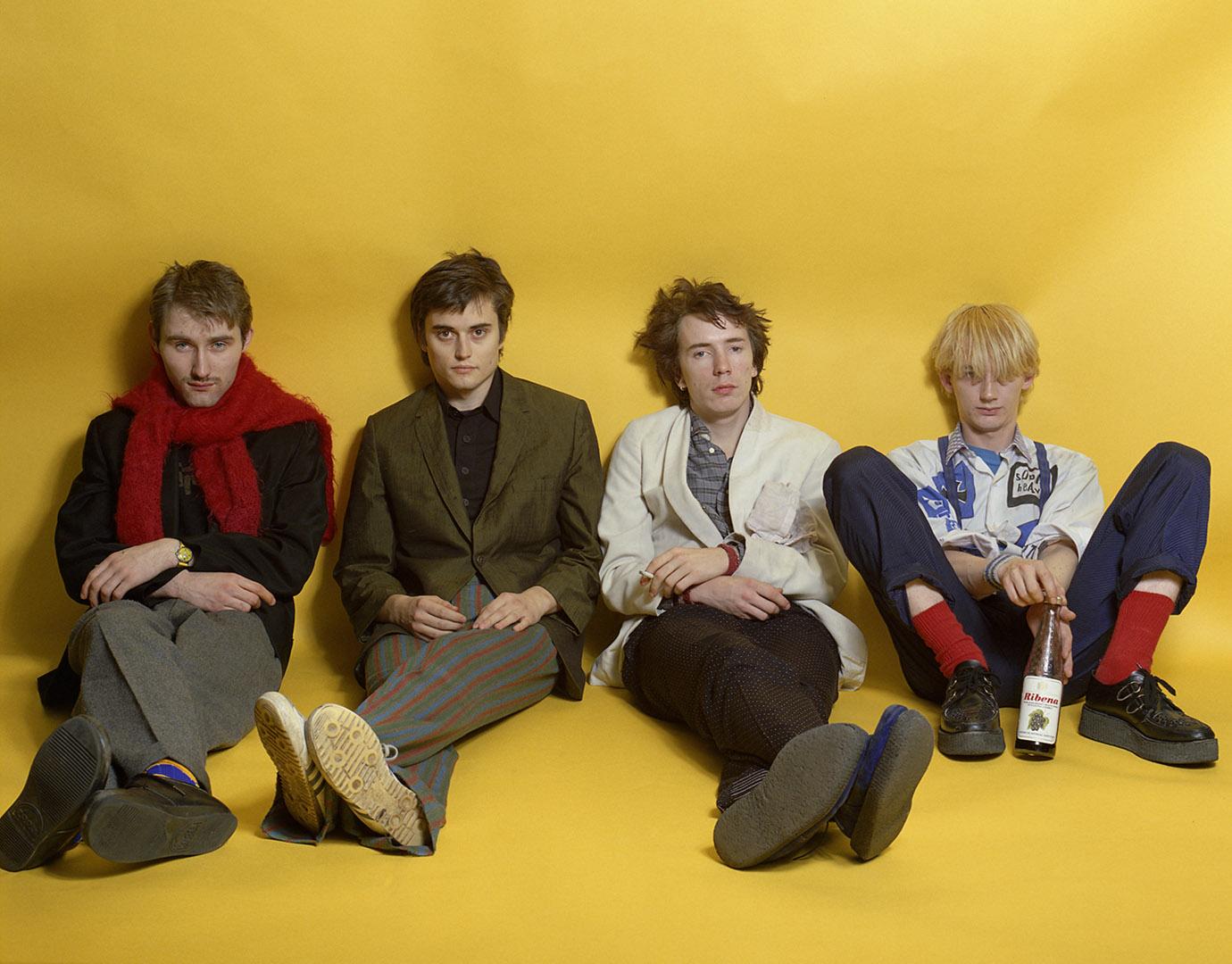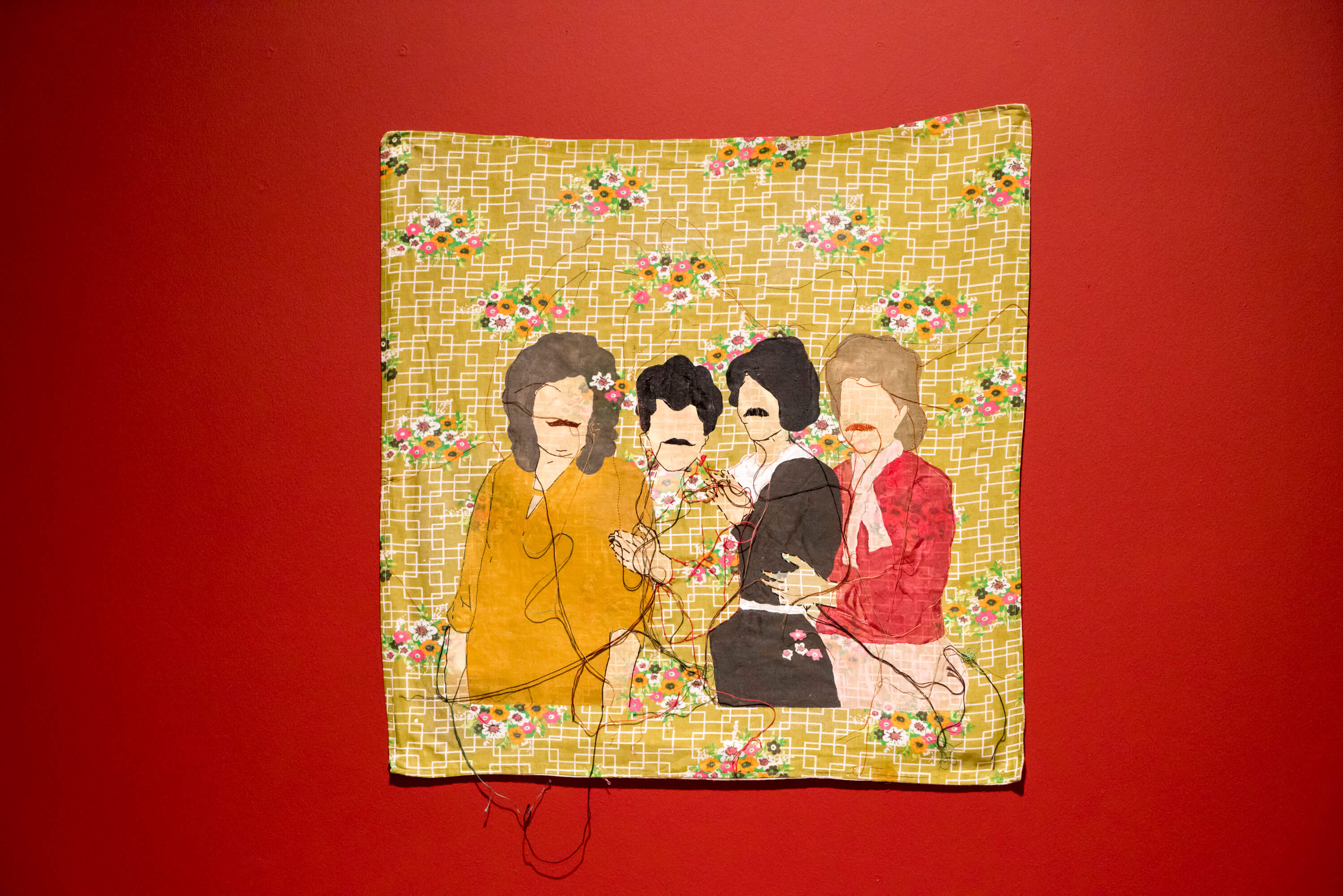September 5 - November 1, 2015
Pera Museum hosted the 14th Istanbul Biennial, organized by Istanbul Foundation for Culture and Arts (İKSV).
Drafted by Carolyn Christov-Bakargiev, 14th Istanbul Biennial with a number of alliances included works by over 80 participants from all over the world. Pera Museum was taking part in the biennial with a work inspired from its Suna and İnan Kıraç Foundation Anatolian Weights and Measures Collection. Saltwater took place in museums as well as temporary spaces of habitation on land and on sea such as boats, hotels, former banks, garages, gardens, schools, shops and private homes.
Carolyn Christov-Bakargiev states, “Salt water is one of the most ubiquitous materials in the world. Sodium in our bodies makes our neurological system, and thus our vital systems, work; it literally keeps us alive. At the same time, salt water is the most corrosive material threat to the digital age: if you drop your smart phone in fresh water, you can dry it and it will probably work again. If it falls into salt water, chemical molecular changes in the materials of your phone will break it. When you visit the 14th Istanbul Biennial, you will spend quite a bit of time on salt water. There is a slowing down of the experience of art due to the travel between venues, especially on ferries. That is very healthy: salt water helps to heal respiration problems and many other illnesses, as well as calming the nerves. This sprawling exhibition spans from Rumelifeneri on the Black Sea, where Jason and the Argonauts passed searching for the Golden Fleece, through the winding and narrow Bosphorus, a seismic fault line which opened as a water channel some 8500 years ago, and down to the Princes’ Islands in the Sea of Marmara towards the Mediterranean, where ancient Byzantine emperors exiled their enemies and where Leon Trotsky lived for four years from 1929 to 1933. It presents over 1500 artworks, some very tiny, including over fifty commissions by artists as well as other visible and invisible manifestations such as materials from the history of oceanography, environmental studies, marine archaeology, Art Nouveau, neuroscience, physics, mathematics and theosophy.”

Video

Canadian artist Marcel Dzama shares five albums he listened to most frequently while preparing his exhibition Dancing with the Moon at Pera Museum. Spanning from post-punk depths to subtle folk tones, this list offers a glimpse into the sounds that shape his visual world.

Pera Museum, in collaboration with Istanbul Foundation for Culture and Arts (İKSV), is one of the main venues for this year’s 15th Istanbul Biennial from 16 September to 12 November 2017. Through the biennial, we will be sharing detailed information about the artists and the artworks.
Tuesday - Saturday 10:00 - 19:00
Friday 10:00 - 22:00
Sunday 12:00 - 18:00
The museum is closed on Mondays.
On Wednesdays, the students can
visit the museum free of admission.
Full ticket: 300 TL
Discounted: 150 TL
Groups: 200 TL (minimum 10 people)